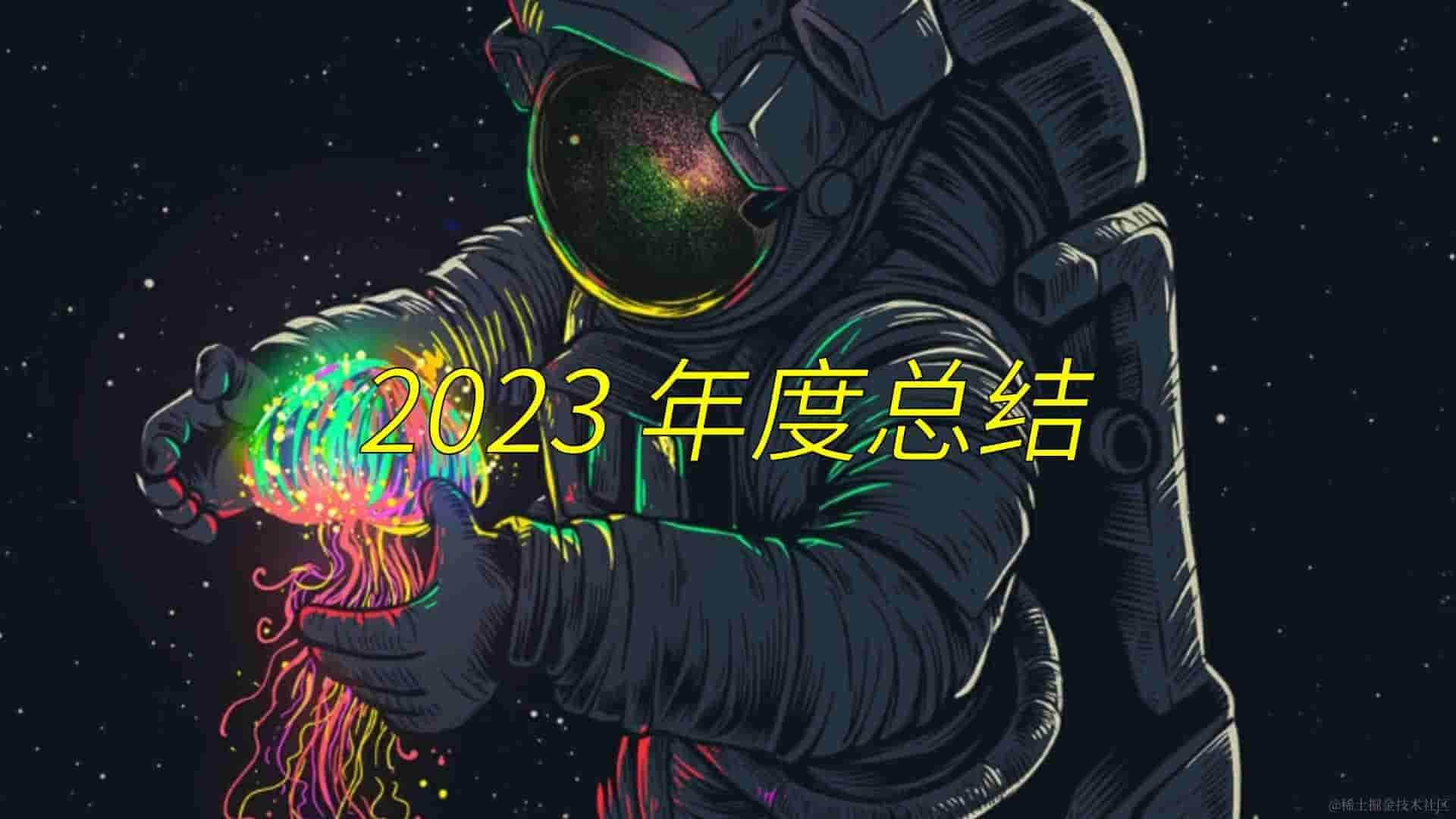一秒掌握元素是否在可视区域判断方法!详细解析getBoundingClientRect
2023-05-20 07:17:11
判断元素是否在可视区域:掌握getBoundingClientRect,成为Web开发大神
作为一名Web开发人员,判断元素是否在可视区域内是一项至关重要的技能。掌握getBoundingClientRect 方法,你可以轻松实现各种复杂的交互和布局,从滚动加载到粘性导航栏。
揭秘getBoundingClientRect
getBoundingClientRect 方法返回一个DOMRect 对象,其中包含元素在页面中的位置和大小信息,包括top 、left 、right 、bottom 、width 和height 等属性。
利用这些属性,我们可以判断元素是否在可视区域内。如果元素的top 和left 属性都大于0,且right 和bottom 属性都小于可视区域的宽度和高度,那么元素就在可视区域内。
实例详解
const element = document.getElementById('my-element');
const rect = element.getBoundingClientRect();
if (rect.top >= 0 && rect.left >= 0 && rect.right <= window.innerWidth && rect.bottom <= window.innerHeight) {
console.log('Element is in the viewport');
} else {
console.log('Element is not in the viewport');
}
在这个例子中,我们获取了DOMRect 对象,并检查了元素的top 、left 、right 和bottom 属性。如果元素在可视区域内,我们将输出"Element is in the viewport",否则我们将输出"Element is not in the viewport"。
进阶技巧:检测元素相交
getBoundingClientRect 方法还可以用于检测元素是否与其他元素相交。我们可以使用DOMRect 对象的intersectionRect 属性获取两个元素的交集区域。如果交集区域不为空,则说明两个元素相交。
const element1 = document.getElementById('my-element-1');
const element2 = document.getElementById('my-element-2');
const intersection = element1.getBoundingClientRect().intersectionRect(element2.getBoundingClientRect());
if (intersection.width > 0 && intersection.height > 0) {
console.log('Elements are intersecting');
} else {
console.log('Elements are not intersecting');
}
在这个例子中,我们获取了两个元素的DOMRect 对象,并使用intersectionRect 属性获取了它们的交集区域。如果交集区域不为空,我们将输出"Elements are intersecting",否则我们将输出"Elements are not intersecting"。
成为Web开发大神
掌握getBoundingClientRect 方法只是成为Web开发大神的众多步骤之一。通过熟练掌握这个方法,你将能够创建更加交互和响应式的web应用程序,提升用户体验。
常见问题解答
1. 什么是DOMRect对象?
DOMRect 对象是表示元素在页面中位置和大小的矩形。它包含top 、left 、right 、bottom 、width 和height 等属性。
2. 如何判断元素是否在可视区域内?
我们可以使用getBoundingClientRect 方法获取元素的DOMRect 对象,并检查top 、left 、right 和bottom 属性是否都在可视区域的范围内。
3. 如何检测元素是否与其他元素相交?
我们可以使用intersectionRect 属性获取两个元素的交集区域。如果交集区域不为空,则说明两个元素相交。
4. getBoundingClientRect方法有哪些优势?
getBoundingClientRect 方法可以精确获取元素的位置和大小,不受页面缩放或滚动影响。
5. 如何在实际项目中使用getBoundingClientRect?
getBoundingClientRect 方法广泛应用于各种场景,如实现滚动加载、创建粘性导航栏和检测元素是否在屏幕外。




